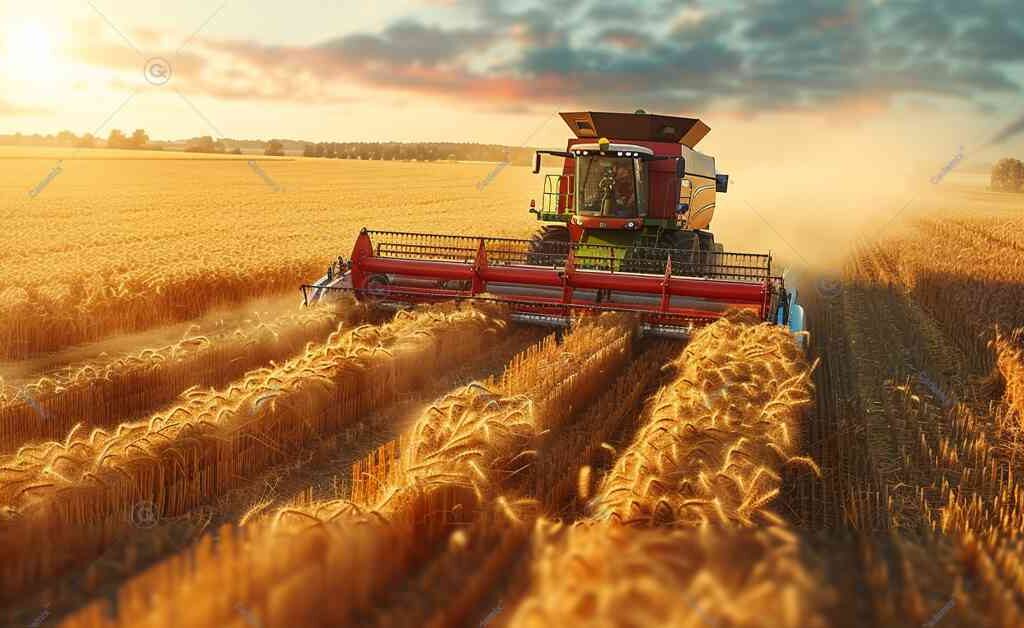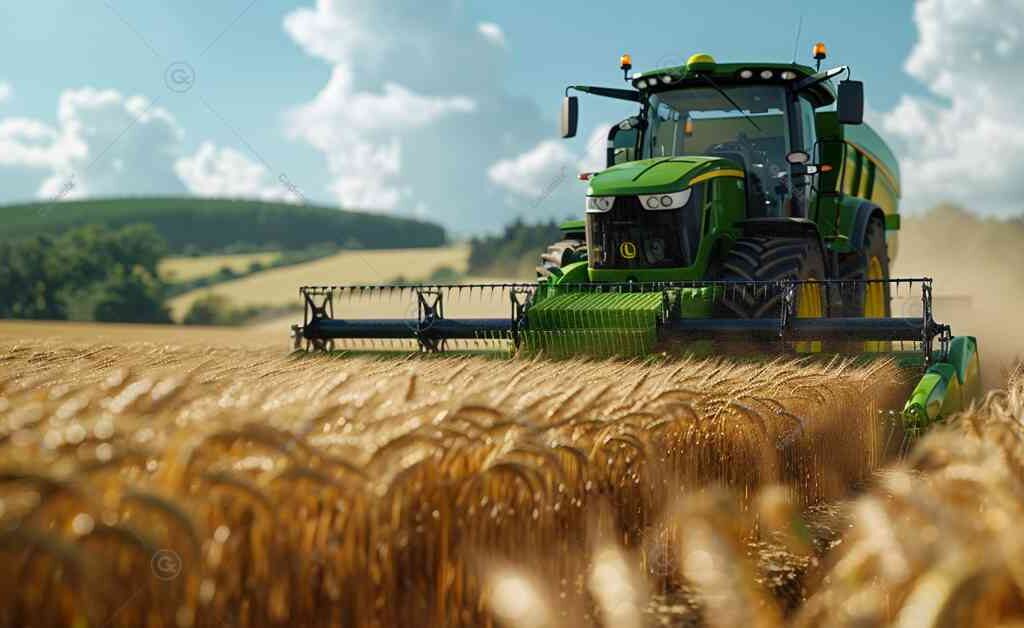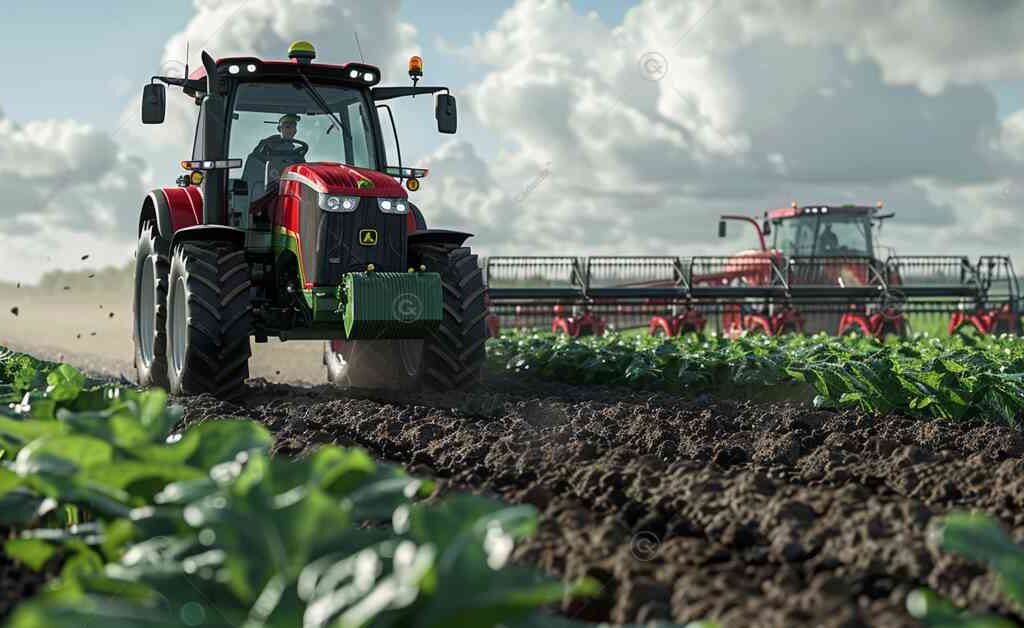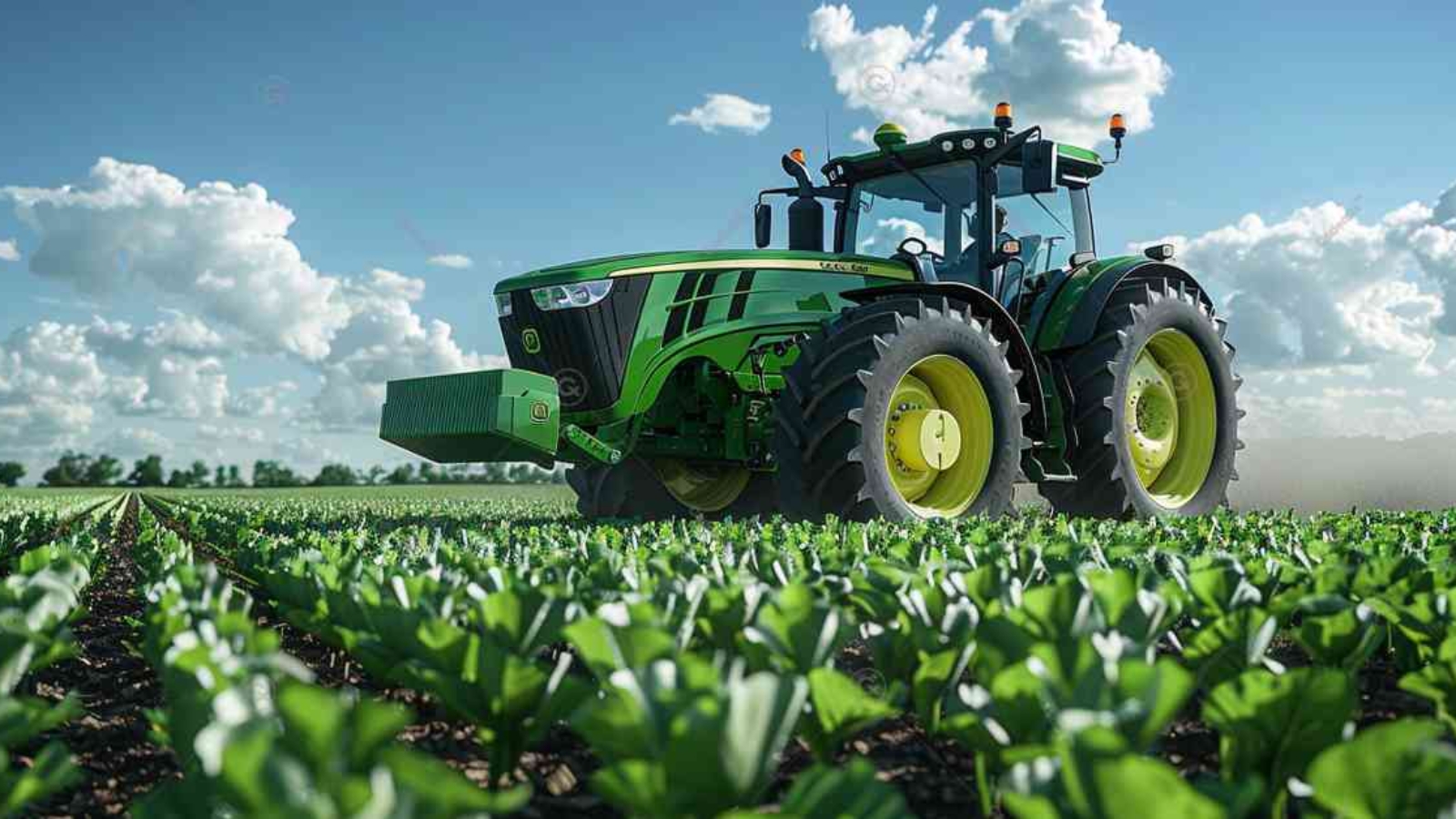In the agricultural sector, the sale and purchase of farm equipment play a crucial role in maintaining productivity and efficiency. However, a sustainable approach to farm equipment transactions can significantly contribute to environmental conservation and economic efficiency. Embracing a circular economy, where the lifecycle of equipment is extended through repair, reuse, and upcycling, helps ensure that resources are utilized optimally and waste is minimized. This article explores the sustainability perspective of farm equipment for sale, focusing on practices that promote environmental stewardship and economic resilience.
Cademix Instute of Technology-Agriculture Editorial Board
Keywords: farm equipment for sale, farm equipment for sale, sustainable agriculture, circular economy, equipment repair, upcycling, farm machinery sustainability

The Importance of Sustainability in Farm Equipment
Adopting sustainable practices in the sale and purchase of farm equipment is essential for reducing environmental impact and promoting resource efficiency. This approach benefits not only individual farmers but also the broader community and ecosystem.
Reducing Environmental Impact
- Minimizing Waste: By extending the life of farm equipment through repair and upcycling, the amount of waste sent to landfills is significantly reduced. This helps lower the environmental footprint of agricultural operations.
- Conserving Resources: Repairing and reusing equipment conserves raw materials and energy that would otherwise be required to manufacture new machinery. This reduction in resource extraction and energy consumption contributes to sustainability.
- Lowering Emissions: The production and transportation of new equipment generate greenhouse gas emissions. By opting for repaired and upcycled equipment, farmers can help reduce these emissions, contributing to climate change mitigation.
Economic Benefits
- Cost Savings: Purchasing second-hand or refurbished equipment is often more cost-effective than buying new. Additionally, repairing existing machinery can be cheaper than replacement, providing significant cost savings for farmers.
- Increased Longevity: Regular maintenance and timely repairs can extend the lifespan of farm equipment, ensuring that investments last longer and deliver more value over time.
- Local Economy Support: Engaging local repair services and businesses that specialize in upcycling farm equipment supports the local economy and creates job opportunities within the community.
Promoting a Circular Economy
- Resource Efficiency: A circular economy focuses on keeping resources in use for as long as possible, extracting maximum value before recovering and regenerating products and materials at the end of their service life.
- Collaboration and Innovation: Implementing circular economy principles encourages collaboration among manufacturers, repair services, and farmers to innovate sustainable solutions and improve the design of farm equipment.
- Consumer Awareness: Raising awareness about the benefits of sustainable practices in farm equipment encourages more farmers to adopt these methods, creating a demand for sustainable products and services.
Practices for Sustainable Farm Equipment Transactions
To promote sustainability in farm equipment transactions, farmers and businesses can adopt several key practices. These practices help ensure that equipment remains functional and valuable throughout its lifecycle.
Repair and Maintenance
- Regular Maintenance: Implementing a regular maintenance schedule helps identify and address potential issues before they become major problems. This includes routine checks, oil changes, and part replacements.
- DIY Repairs: Farmers can learn basic repair skills to handle minor issues themselves, reducing downtime and repair costs. Online tutorials, manuals, and workshops can provide valuable guidance.
- Professional Services: For more complex repairs, engaging professional repair services ensures that equipment is properly fixed and maintained. Establishing a relationship with a reliable service provider can lead to faster and more effective repairs.
Upcycling and Refurbishment
- Upcycling Equipment: Upcycling involves creatively reusing old equipment or parts to create new, functional items. For example, old tractor parts can be repurposed into tools or accessories for other farm operations.
- Refurbishment Programs: Some manufacturers and businesses offer refurbishment programs, where used equipment is restored to like-new condition. These programs often include warranties, providing additional assurance to buyers.
- Customization: Farmers can customize refurbished equipment to meet their specific needs, enhancing functionality and efficiency without the need for new purchases.

Purchasing Used Equipment
- Second-Hand Marketplaces: Utilizing online platforms such as TractorHouse, Machinery Pete, and eBay Motors allows farmers to find quality used equipment at competitive prices.
- Auctions and Sales Events: Participating in local and online auctions can provide access to a variety of used equipment. Events like farm auctions and estate sales often feature well-maintained machinery at lower costs.
- Inspection and Evaluation: Before purchasing used equipment, conduct thorough inspections to assess condition and functionality. Check for signs of wear, previous repairs, and overall maintenance history.
Websites and Resources for Sustainable Farm Equipment
Several online platforms and resources can help farmers find, repair, and upcycle farm equipment sustainably. These websites provide listings for used equipment, parts, and services, supporting the circular economy in agriculture.
Finding Used Equipment
- TractorHouse: A leading online marketplace for buying and selling new and used farm equipment, including tractors, combines, and attachments.
- Machinery Pete: Offers a comprehensive listing of used farm equipment along with market trends and pricing information.
- eBay Motors: Provides a platform for finding a wide range of used tractors and farm machinery from various sellers.
Sourcing Parts and Accessories
- Fastline: Lists new and used agricultural equipment and parts, making it easy to find replacements and accessories for existing machinery.
- Equipment Trader: Offers a broad selection of new and used equipment, including parts and attachments, with detailed listings and dealer information.
- Tractor Parts ASAP: Specializes in new, used, and rebuilt tractor parts, ensuring that farmers can find the components they need to maintain and repair their equipment.
Repair and Upcycling Resources
- Farm Hack: An open-source community that shares tools, techniques, and innovations for sustainable farming, including DIY repair guides and upcycling ideas.
- iFixit: Provides repair manuals and guides for a wide range of equipment, including tractors and farm machinery, empowering farmers to perform their own repairs.
- Repair Café: A global network of local meeting places where volunteers help repair household items, including farm equipment, promoting a culture of repair and reuse.
Tips for Sustainable Farm Equipment Transactions
When engaging in the sale or purchase of farm equipment, consider these tips to ensure sustainable and economically sound decisions.
Evaluating Condition and Longevity
- Detailed Inspection: Perform a detailed inspection of used equipment to check for wear and tear, previous repairs, and overall condition. Pay close attention to critical components such as the engine, transmission, and hydraulics.
- Service Records: Request service records from the seller to understand the maintenance history and any past issues. Well-maintained equipment is likely to have a longer remaining lifespan.
- Test Run: If possible, conduct a test run to evaluate the equipment’s performance. Listen for unusual noises, check for smooth operation, and ensure all functions work properly.
Comparing Costs and Benefits
- Total Cost of Ownership: Consider the total cost of ownership, including purchase price, maintenance, repairs, and operating costs. Compare this with the cost of new equipment to determine the best value.
- Energy Efficiency: Evaluate the energy efficiency of the equipment. Newer models tend to be more fuel-efficient, which can lead to significant savings over time.
- Resale Value: Assess the potential resale value of the equipment. Well-maintained used equipment from reputable brands can retain value better, providing an additional financial benefit.
Supporting Local and Sustainable Businesses
- Local Dealers: Support local dealers and repair shops that offer used equipment and parts. This not only helps the local economy but also reduces the environmental impact associated with transportation.
- Sustainable Brands: Look for brands and manufacturers that prioritize sustainability in their production processes and business practices.
- Community Networks: Engage with local farming communities and cooperatives to share resources, knowledge, and support for sustainable farming practices.
Conclusion and Call to Action
Adopting sustainable practices in the sale and purchase of farm equipment is a crucial step towards promoting a circular economy and minimizing environmental impact. By focusing on repair, reuse, and upcycling, farmers can extend the life of their equipment, reduce waste, and conserve resources. Additionally, these practices offer significant economic benefits, including cost savings and support for local businesses.
If you are interested in learning more about sustainable farming practices and how to incorporate them into your operations, consider joining the Cademix Acceleration Program. Our consultancy services and educational programs are designed to support farmers in adopting sustainable practices and achieving their goals.
Explore our Cademix Career Autopilot program and learn how we can help you navigate the complexities of sustainable agriculture. For additional resources and insights on sustainable farm equipment, visit Farm Hack, iFixit, and Repair Café.


